Effect of Air and Non Condensable Gases in Steam System
Air and non-condensable gases are major problems in a steam system. Both can cause production problems for a steam system’s operation and performance. Not removing air and non-condensable gases from the steam system can reduce heat transfer efficiencies by 21% or more depending on the air concentration in the steam system.
The release of latent energy (change of state) to condensate in the steam components takes place on the heat transfer surface, which is where heat is being transferred due to the temperature difference (steam to the process). The steam component transfer is consuming the latent energy, and the steam is condensing to a liquid (condensate); the condensate is drained away by gravity, but the non-condensable gases and air remain.
The non-condensable gases form a stagnant film on the walls of the heat transfer surface, which creates a resistance. Heat energy transmitting through the heat transfer surface has to pass by conduction through these films of resistance. A film of air or non-condensable gases that is only one thousandth of an inch thick has the resistance of a three-inch wall of iron.
Air reduces the temperature of steam
Dalton’s law of partial pressures states that in a mixture of gases or vapors, the total pressure of the mixture is made up of the partial pressures exerted by each gas or vapor. The partial pressure exerted by each is the fraction of the total pressure equal to the fraction of the total volume of each.
There are other steam system issues with the concentration of air and non-condensable gases. The buildup or volume of air and non-condensable gases in the heat transfer area is not constant. The thickness of a stagnant film of air can vary due to velocities, baffles, flow direction, metal finish, and other heat transfer internal designs. This factor can also lead to problems with uneven heating of products.
Plants increase steam pressures to overcome the issues with air and non-condensable gases. In turn, the higher cost of producing higher steam pressures increases the plant’s energy cost.
Air venting device
Temperature is a key factor that differentiates an air/steam mixture from 100% steam.
Therefore, an automatic air vent, which relies on a thermostatic device for operation, is often used.
The air-venting device typically includes a thermostatic balance pressure bellows unit with a very low sub-cool. The device is able to sense air or non-condensable gases due to the resulting temperature suppression.
The air-venting device is used on the heat transfer units that have shutdowns and startups during the operation.

 Aerated Concrete Block Industry
Aerated Concrete Block Industry  Brewery Industry
Brewery Industry 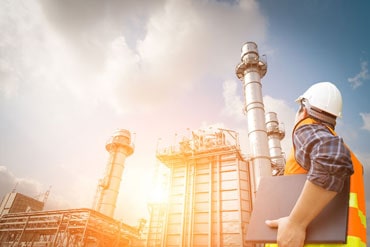 Captive Cogen Industry
Captive Cogen Industry 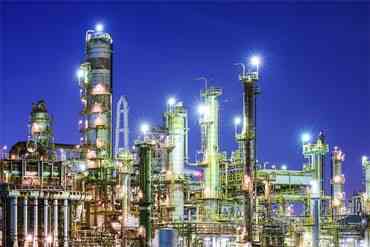 Chemical Industry
Chemical Industry  Dairy Industry
Dairy Industry 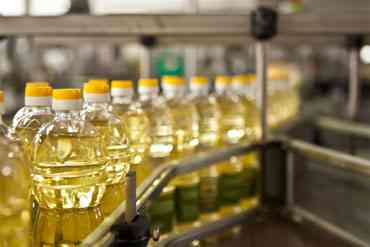 Edible Oil Industry
Edible Oil Industry 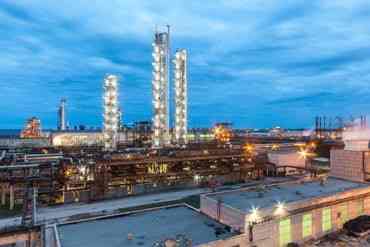 Fertilizer Industry
Fertilizer Industry  Hotel Industry
Hotel Industry 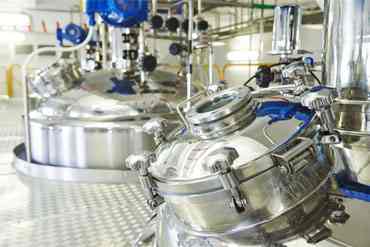 Pharma Industry
Pharma Industry 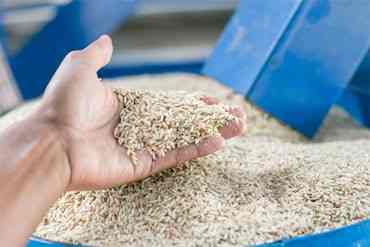 Rice Industry
Rice Industry 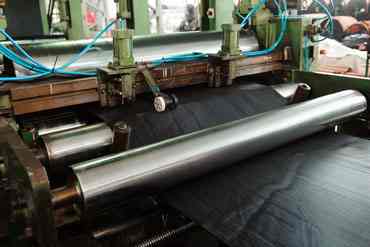 Rubber Industry
Rubber Industry  Soap Industry
Soap Industry  Sugar Industry
Sugar Industry  Textile Industry
Textile Industry 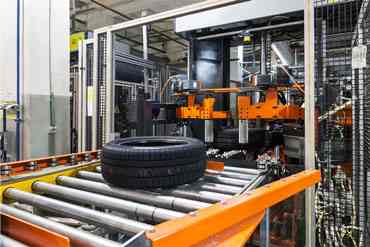 Tyre Industry
Tyre Industry